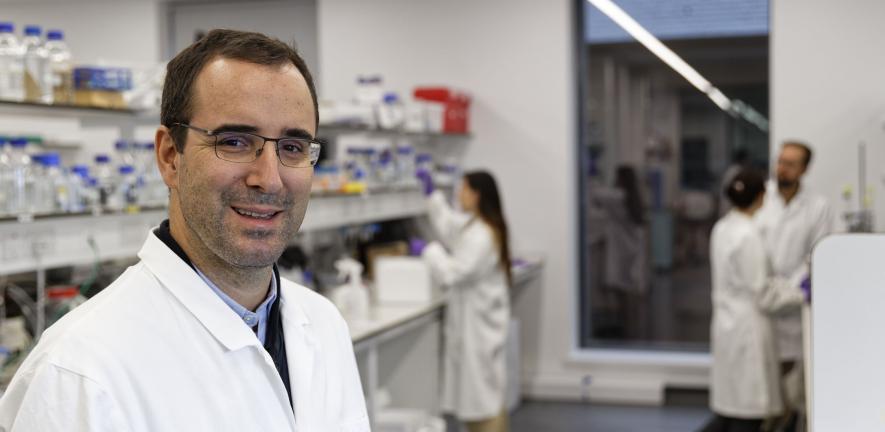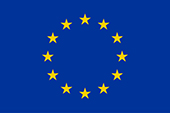
This three-year project was led by the Bernardes group and funded by the European Union’s Horizon 2020 research and innovation programme under a Marie Skłodowska-Curie grant. NOVA-MRI was created from the need to find new non-toxic agents that can label cancer cells in our bodies for effective and targeted delivery and imaging.
Current methods, which can use heavy metal gadolinium, can have health risks such as build up in the kidneys of renal-impaired patients. This prompted the Bernardes lab to investigate safe alternatives.
Professor Gonçalo Bernardes, who led the project, said: “The ability to have suitable small molecule ligands and strategies that allow to distinguish healthy from diseased cells is key to achieve superior therapeutic and imaging.”
The successful culmination of this project was marked by the final project meeting that took place on the 25 January 2024 in Camerino, Italy, where all the early stage researchers presented their results. The presentations from this event are now accessible on the NOVA-MRI website.
Masked medicine
UInnikrishnan V. B
A part of the research delved into cancer therapies that exhibit toxic effects not only on malignant cells but also on healthy cellular counterparts. The scientists implemented protective groups to conceal pivotal functional groups necessary for the drug molecule's activity. An exogenous trigger, such as a transition metal, can then be directed selectively into cancer cells to cleave off the masking group and restore the activity of the drug molecule. This strategy holds promise beyond treatment, as it can be used for specific imaging.
Unnikrishnan V. B, a PhD student working on this research, commented that: “The interdisciplinary nature of the consortium allowed us to collaborate with researchers across Europe, which helped accelerate innovation. As we strive for safer treatments and imaging, I am optimistic that our research will pave the way for future advancements.”
Small-molecule targeting RNA
Christian Turin Brega
The lab has also been developing a molecule that can target a disease-specific RNA and interacts with it. Certain RNAs are overexpressed in cancer cells and this molecule aims to manage their numbers. The small molecule is composed by ligand attached to it that seeks out RNA and it also features a warhead that can either be used to image or to degrade the RNA.
Christian Turin Brega, a PhD student working on this research, commented that: “Approximately 85% of the human genome is transcribed into RNA, the ability to selectively interact with specific RNA transcripts will provide a powerful tool against many diseases. ”
Funding

This project has received funding from the European Union’s Horizon 2020 research and innovation programme under the Marie Skłodowska-Curie grant agreement No 860125.
This material reflects only the author’s views and the Union is not liable for any use that may be made of the information contained therein.

